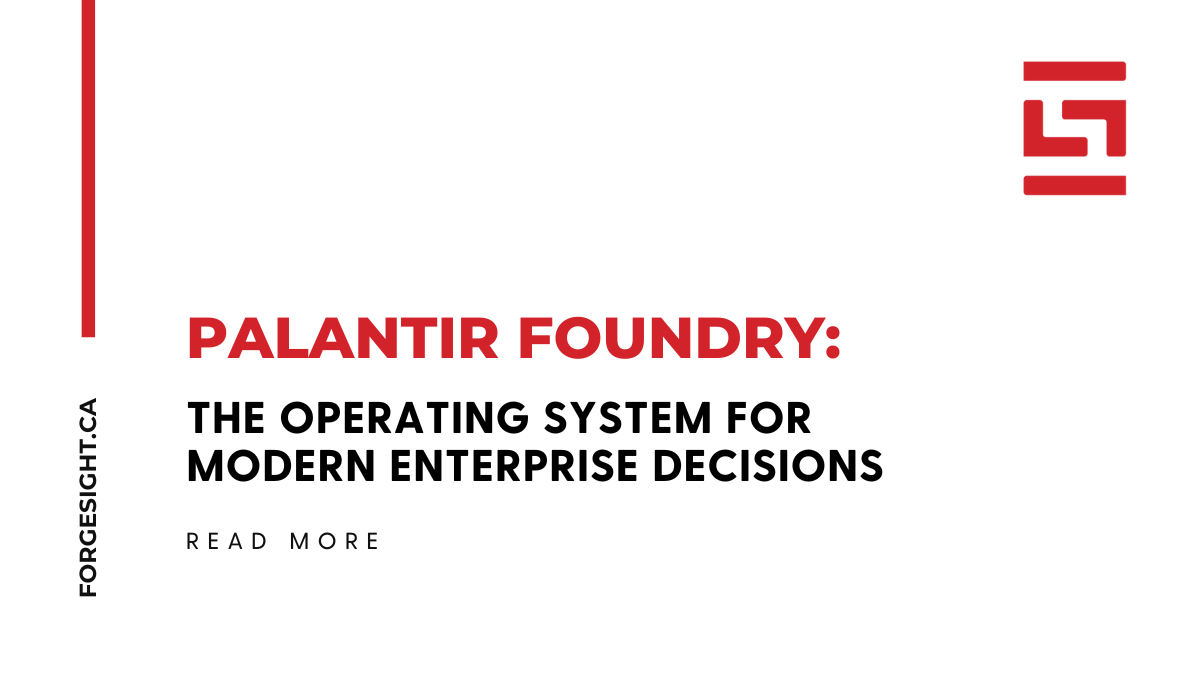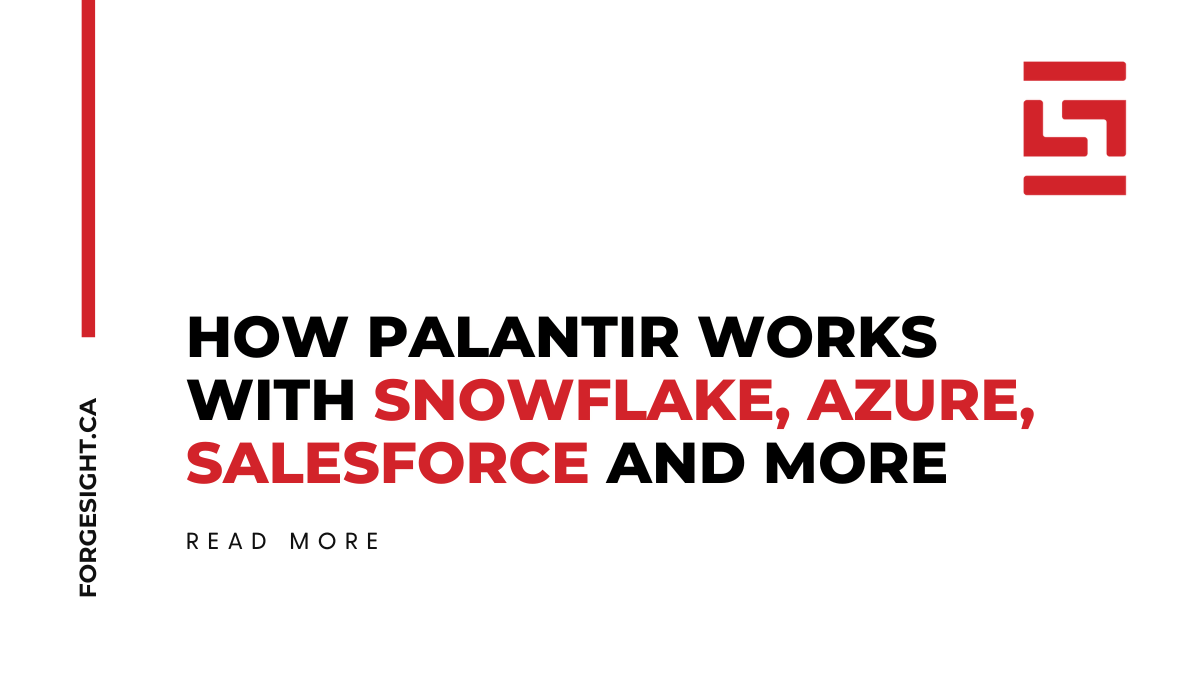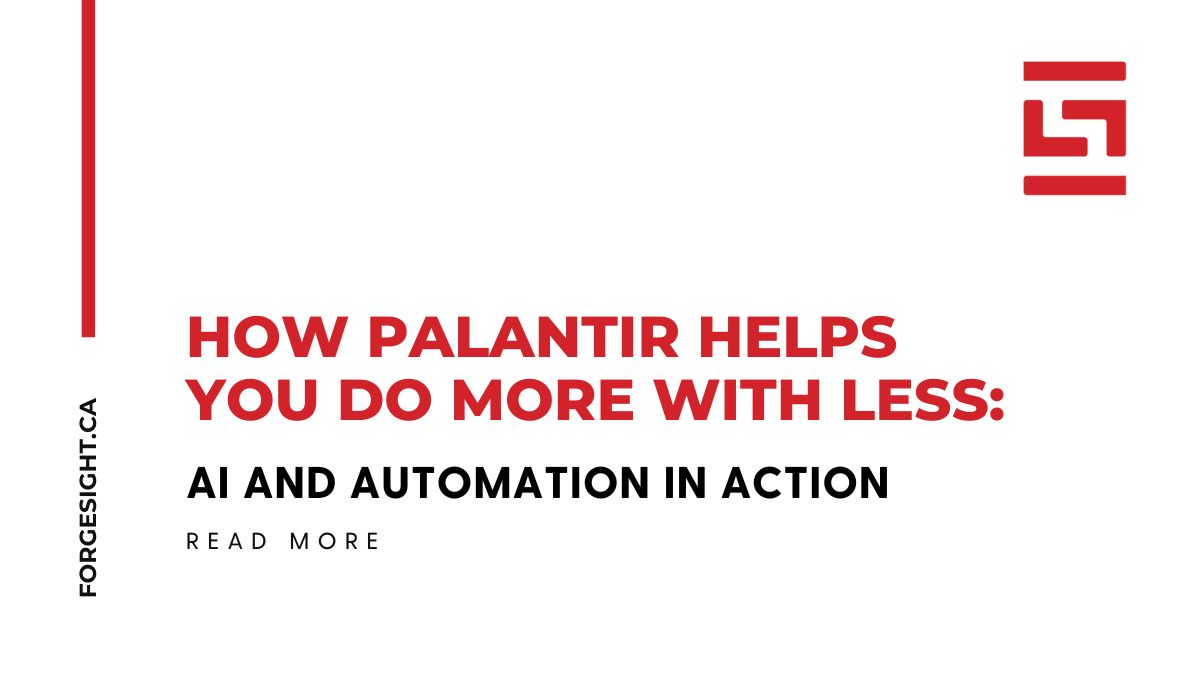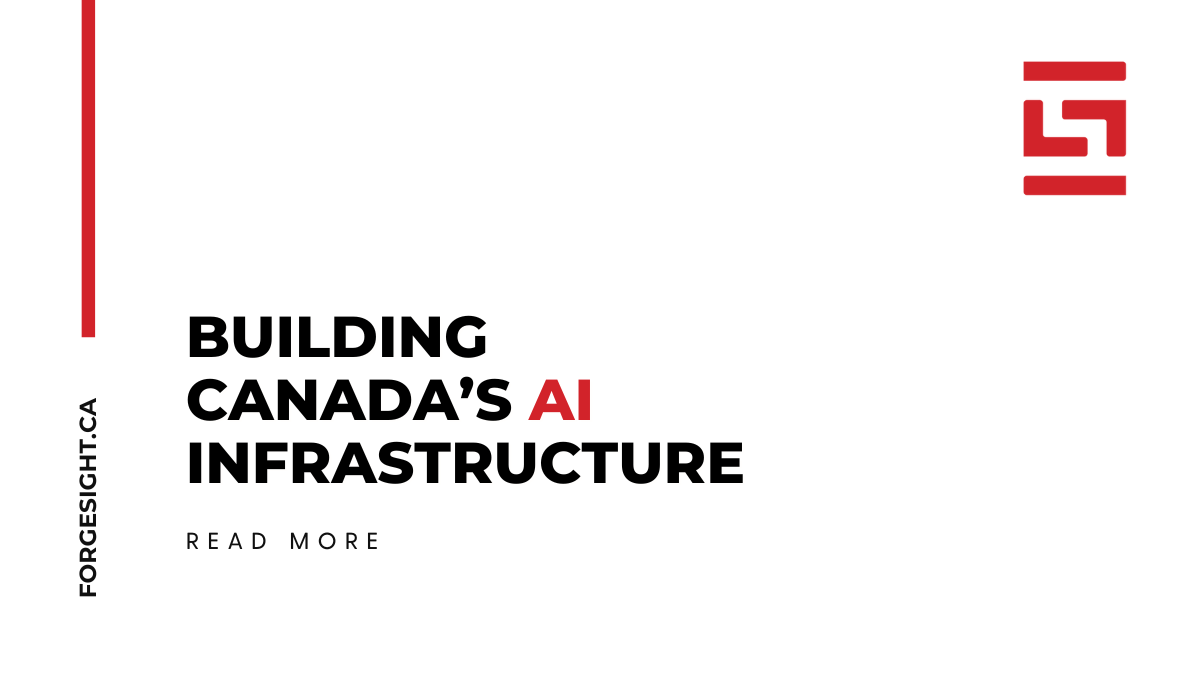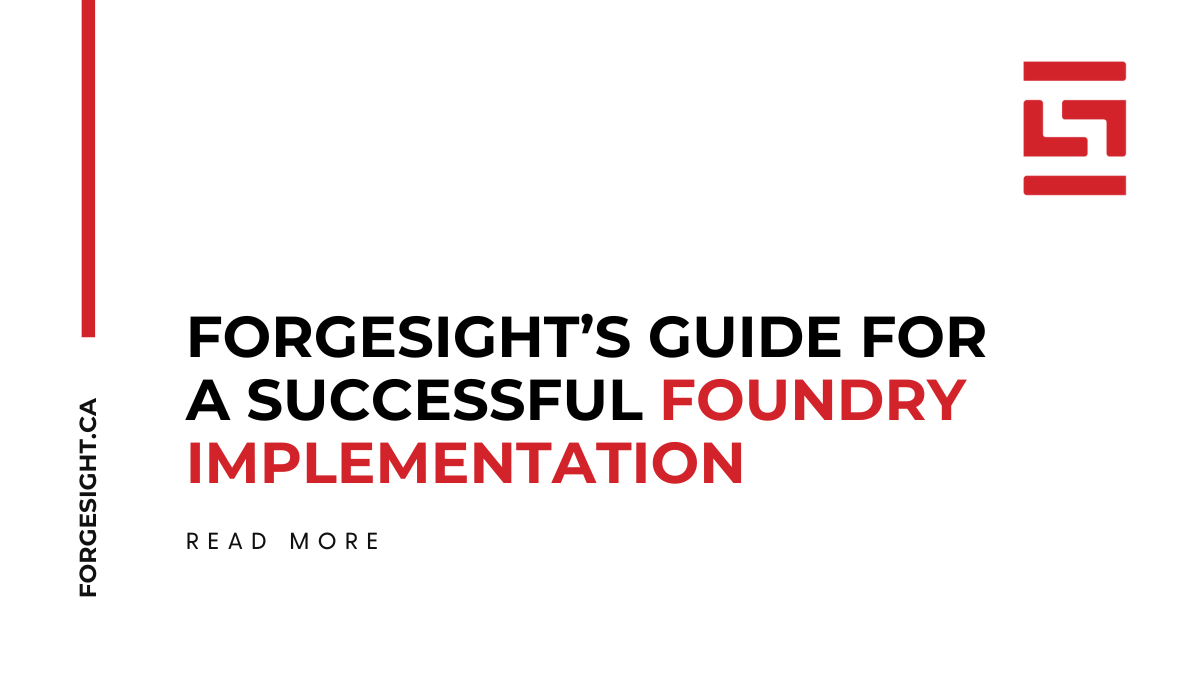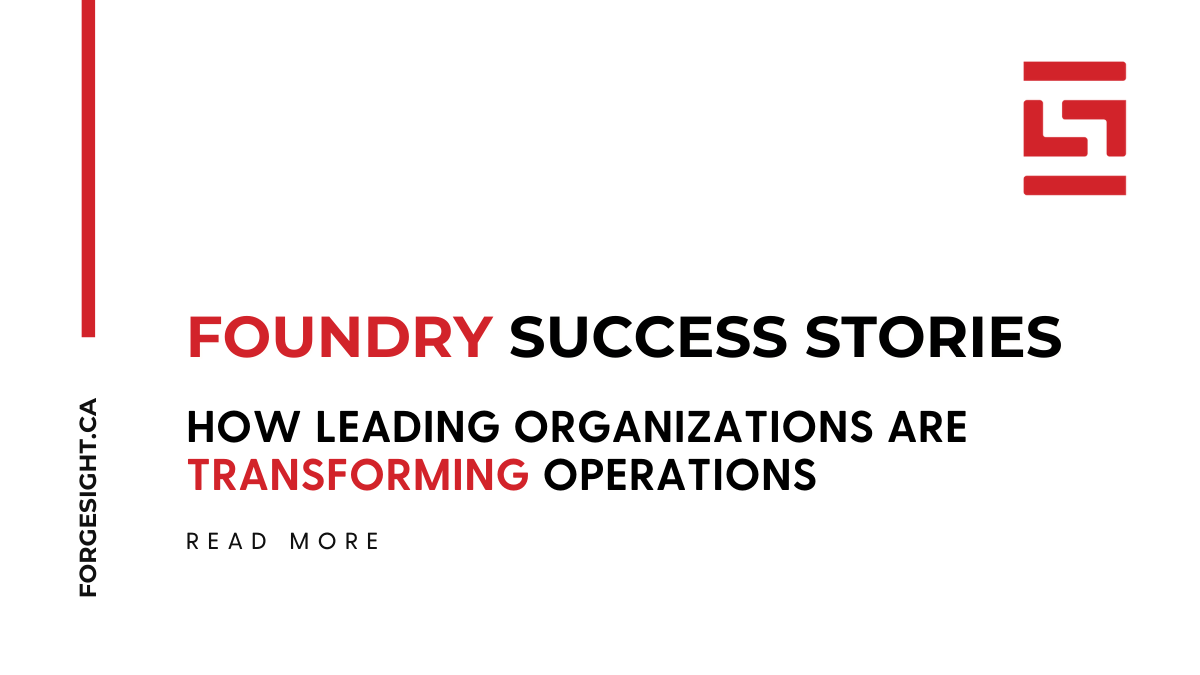
How Palantir Works with Snowflake, Azure, Salesforce and More
You Don’t Need to Replace Everything. Foundry Integrates With What You Have.
One of the biggest myths about Palantir Foundry is that it needs to replace your existing tools. In reality, Foundry is built to plug into your enterprise stack—not uproot it. That’s why organizations are increasingly deploying Foundry alongside platforms like Snowflake, Azure, and Salesforce.
Here are some examples
Foundry + Snowflake
• Use Snowflake as your warehouse for raw and curated data.
• Palantir accesses Snowflake via connectors to power applications, workflows, and AI agents.
• Common use case: Snowflake for clean data storage, Foundry for operational execution.
Foundry + Azure (*Foundry is cloud agnostic)
• Run Foundry on Azure infrastructure for cloud-native deployments.
• Integrate with services like Azure Synapse, Azure Active Directory, or Azure ML.
• Common use case: Foundry as your operations layer on top of Azure cloud services.
Foundry + Salesforce
• Sync data between Foundry and Salesforce to create closed-loop workflows.
• Example: Sales data in Salesforce triggers workflow optimization in Foundry.
• Use AIP to generate insights or responses based on Salesforce fields.
Other Integrations
• SAP: Real-time operational planning on top of ERP data.
• ServiceNow: Incident and asset workflows linked with Foundry’s analytics.
• Google Cloud / BigQuery: Data fusion and AI on top of scalable cloud infra.
What Makes This Work?
• Open APIs: Foundry supports flexible REST-based integrations.
• Code-friendly architecture: Python, SQL, and Spark support under the hood.
• Quiver apps: Fully customizable applications that connect to your enterprise systems.
Read More Insights on Palantir Technologies in our Blog Today!
